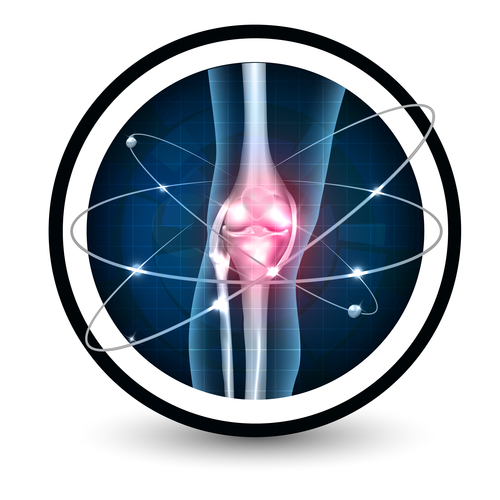When it comes to predicting, models require far more variables than age and gender to accurately predict.

The ability to accurately predict incidences in health care is something many providers need. When I compare this abstract to what I know about predicting outcomes, there are similarities between models. The patient factor models that include very few patient factors have poor capability to actually predict.
It seems when it comes to predictive models thoughtful consideration about the various factors that may truly affect the outcome need to be included in the model. In this particular study use of corticosteroids was a component increasing predictive capability.
For the model in this study, what is helpful for you is to keep your eye on your patients who have had a replacement due to rheumatoid arthritis – probably because of the prescribed corticosteroids for the condition. At the same time, for anyone undergoing elective joint replacement surgery that has certain comorbidities, you will need to keep your eyes open for infection.
{{cta(‘f3a2fc62-1a26-407f-83a4-e729729b1483′,’justifycenter’)}}
The abstract is included below for you to review.
Identification of high-risk groups for complication after arthroplasty: predictive value of patient’s related risk factors.
Abstract
BACKGROUND:
Total joint arthroplasty (TJA) benefit patients with osteoarthritis (OA) and rheumatoid arthritis (RA). However, a specific approach to detect patients at higher risk of prosthetic joint infection (PJI) and mechanical complications is absent. The aim of this study is to identify groups at higher risk for infections and mechanical complications after TJA in patients with RA and OA based on their most significant predictors.
METHODS:
This is a hospital-based cohort study with 1150 recipients of TJA. Risk factors and comorbidities were assessed prior to the index surgery. Multivariate logistic and hazard regression were used to determine the relationship between risk factors and occurrence of complications after TJA. Odds ratios (OR), hazard ratios (HR), 95% confidence intervals (CI), and comparison between areas under the curve (AUC) using DeLong’s method are presented.
RESULTS:
Complications were more frequent in subjects with RA, use of corticosteroids, and previous comorbidities: respiratory disease, infections, diabetes, anemia, mental and musculoskeletal comorbidities than in subjects without these risk factors, and these factors were predictors of infections and mechanical complications (P < 0.05). A model including these factors was superior to a model with only type of joint disease (OA/RA) or age and gender to detect infections or mechanical complications after TJA (P < 0.05 for difference between models). Complication risk proportionally increased with the presence of two or more comorbidities (P < 0.001).
CONCLUSIONS:
There are two groups at higher risk for infections after TJA: patients with OA with at least two risk factors and patients with RA, who usually present at least one of the risk factors for infection.
J Orthop Surg Res. 2018 Dec 29;13(1):328. doi: 10.1186/s13018-018-1036-2.

Leave a Reply